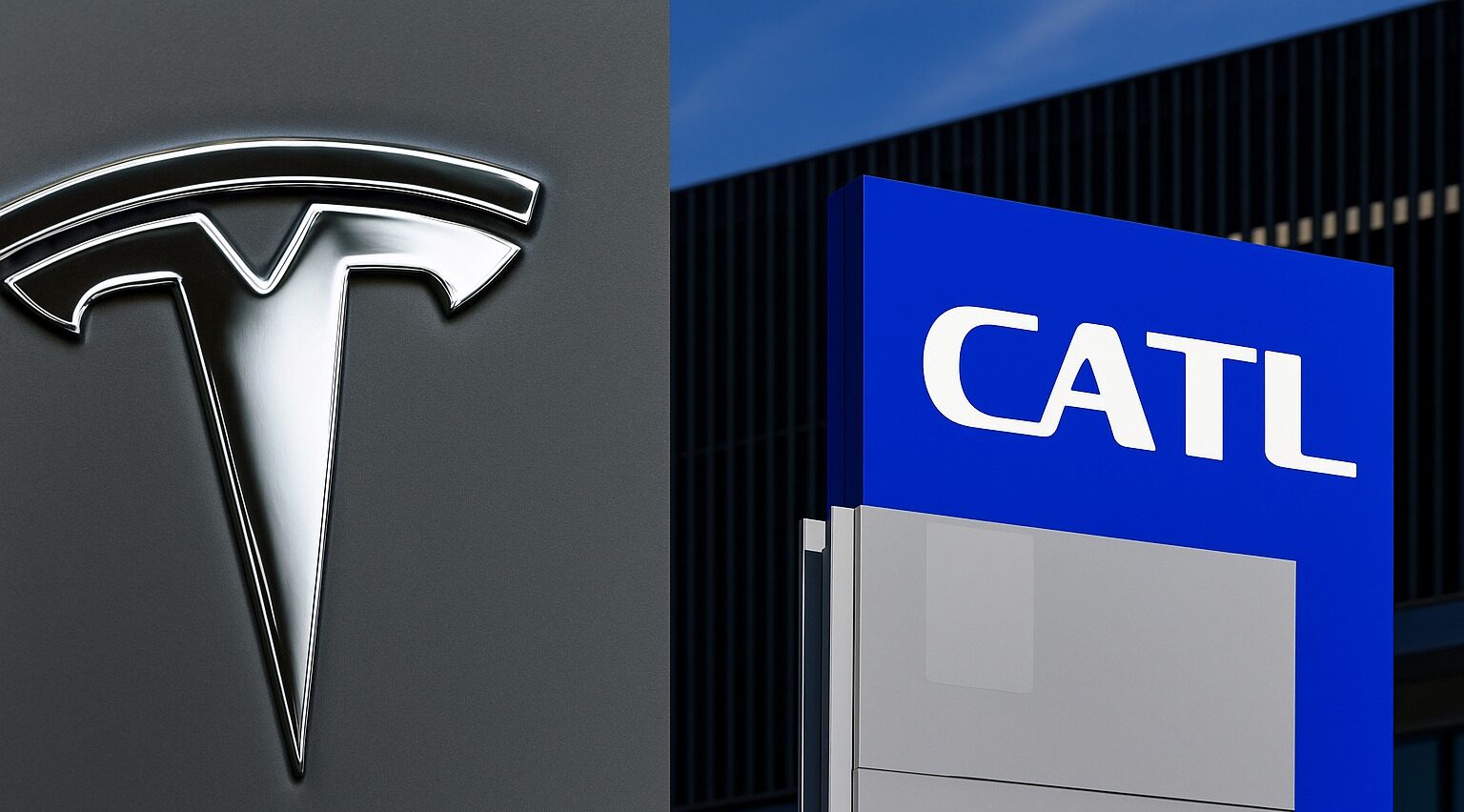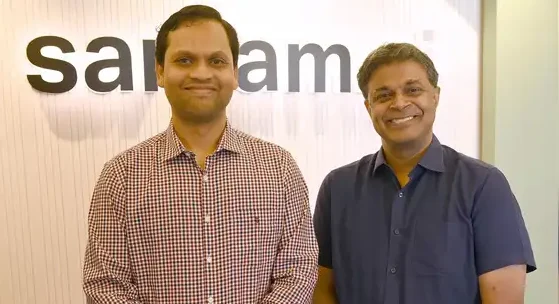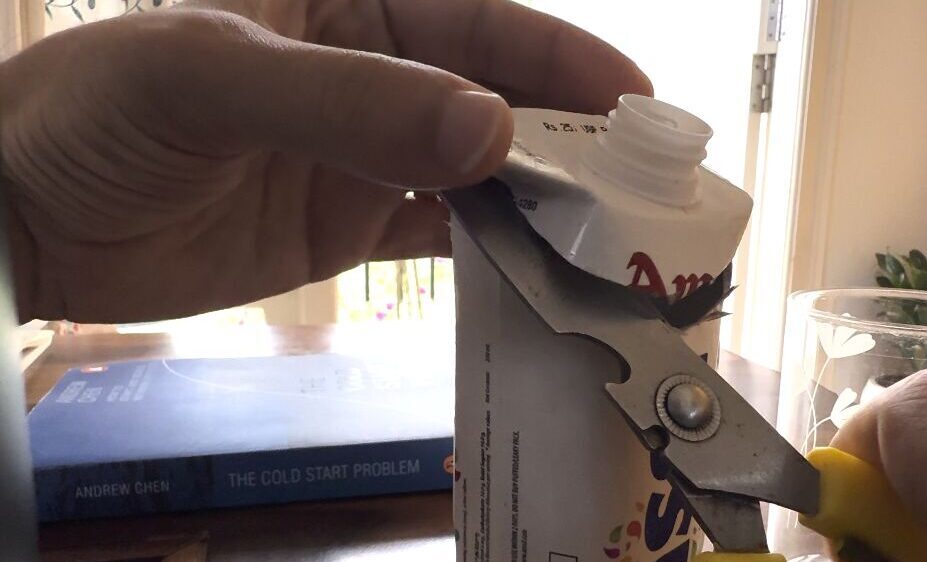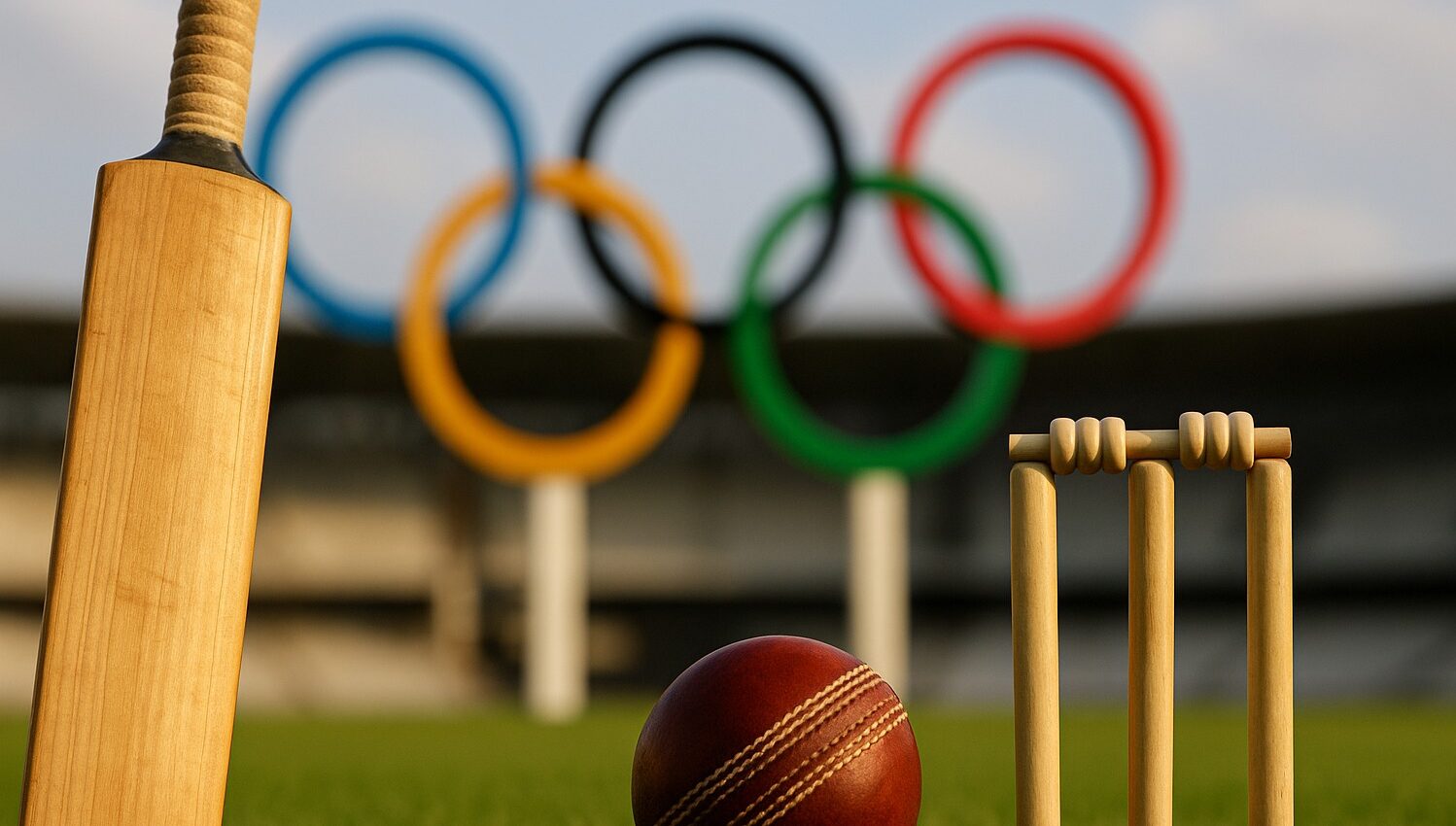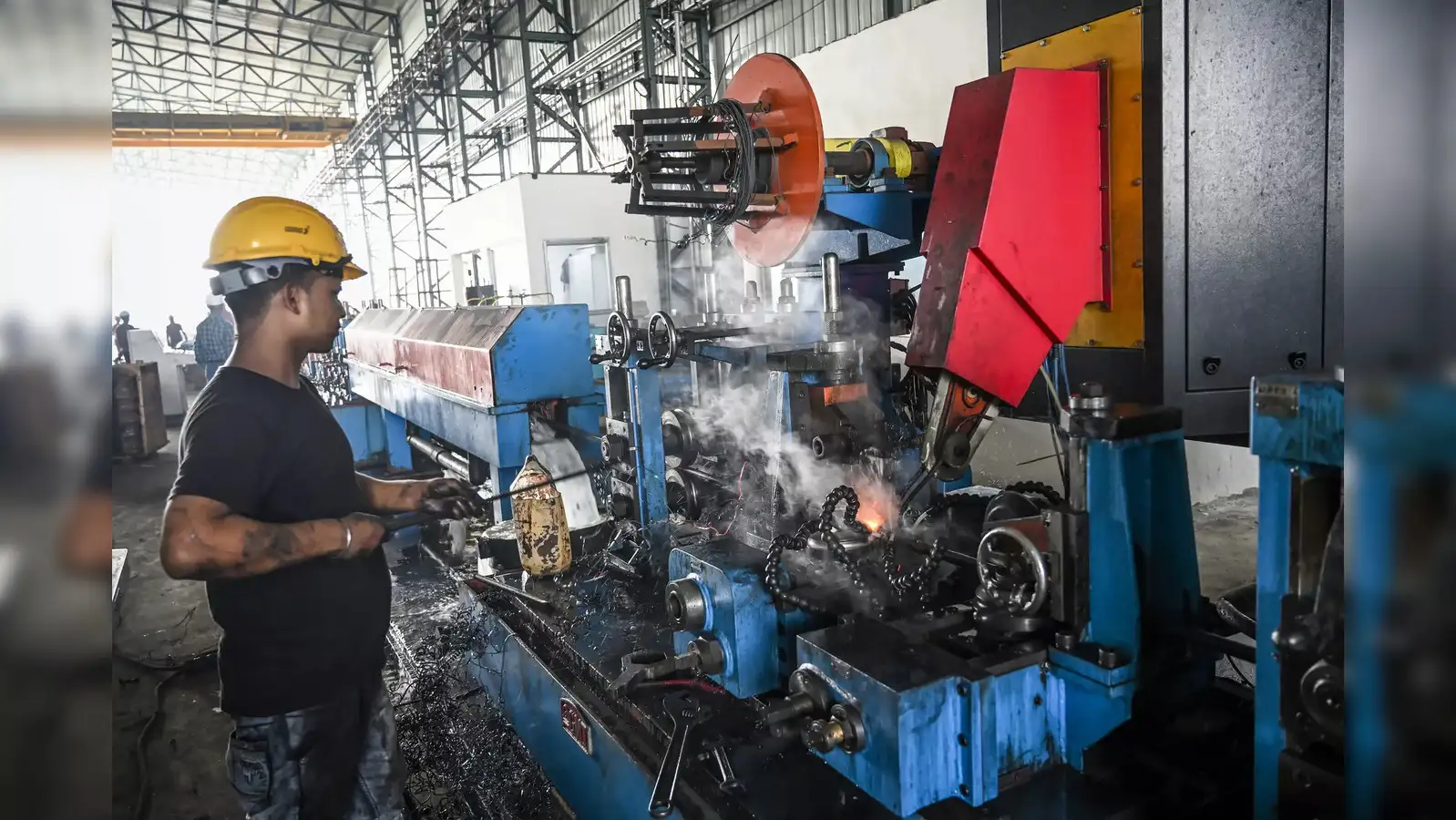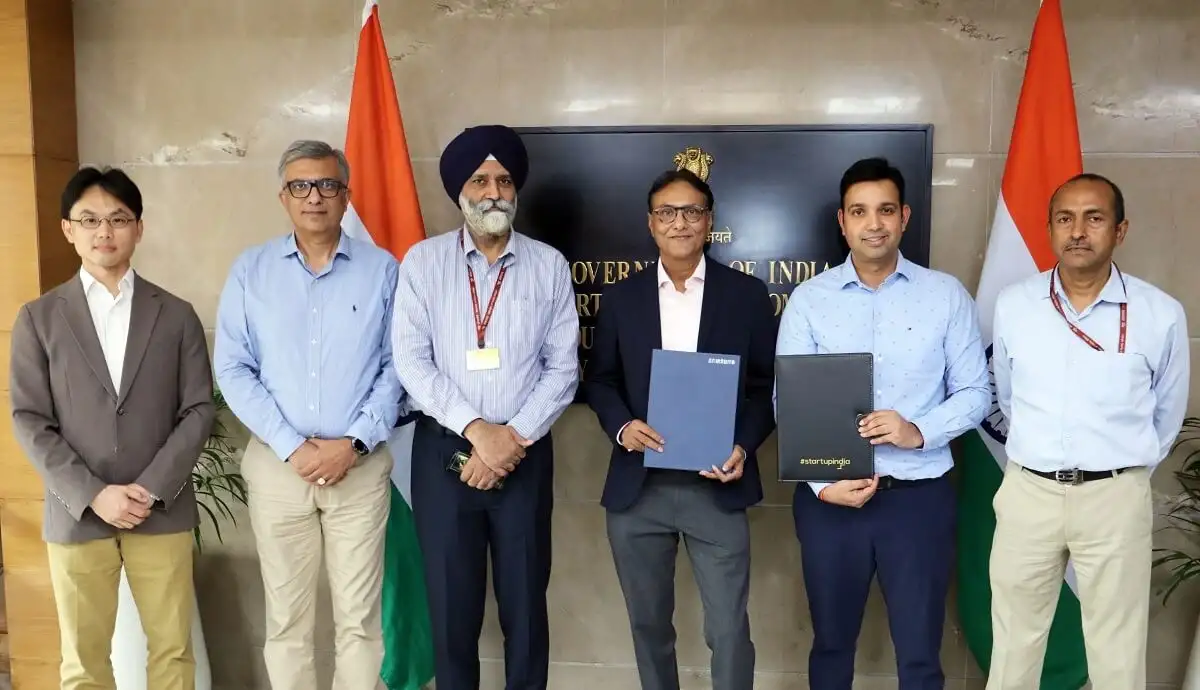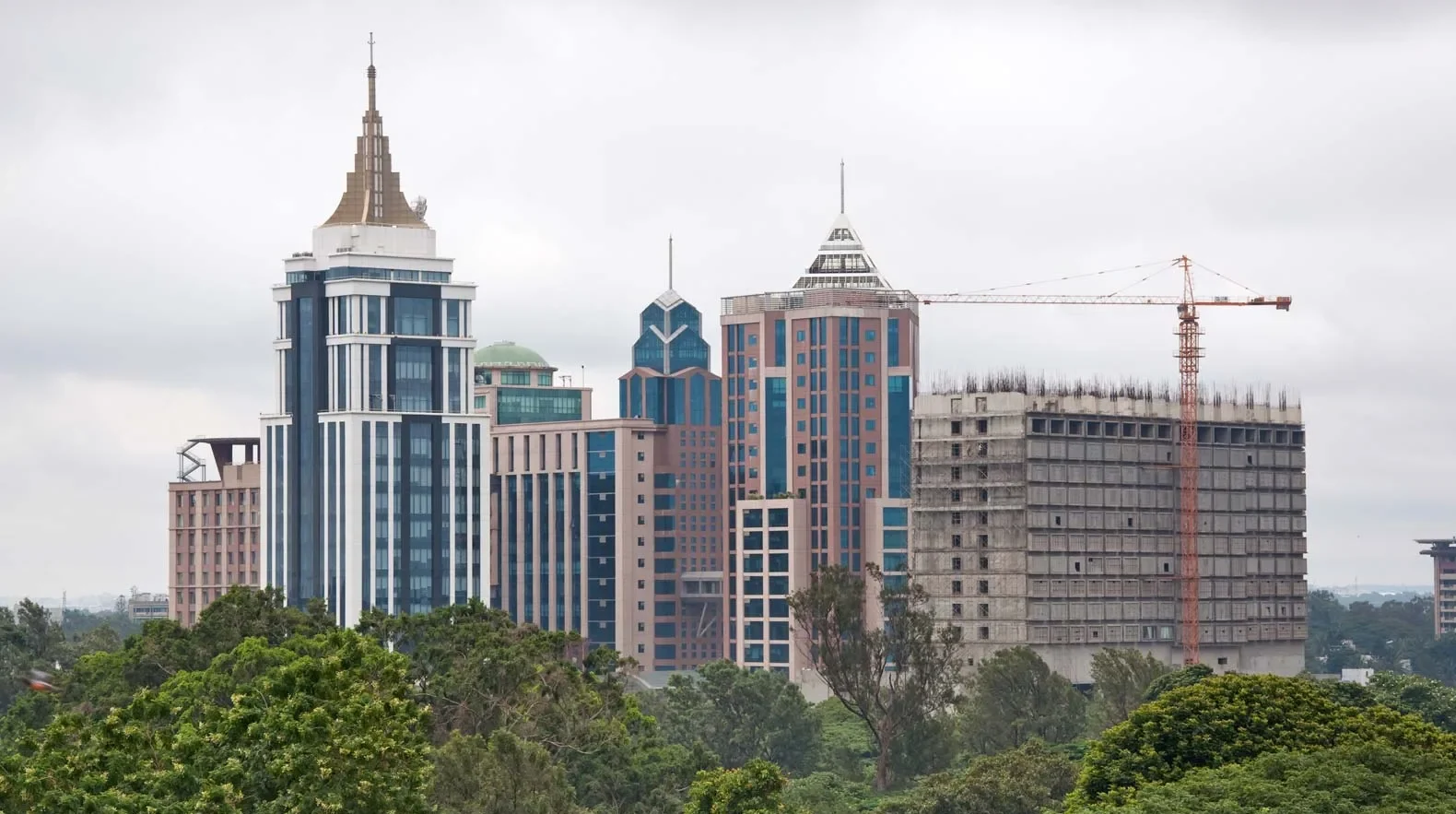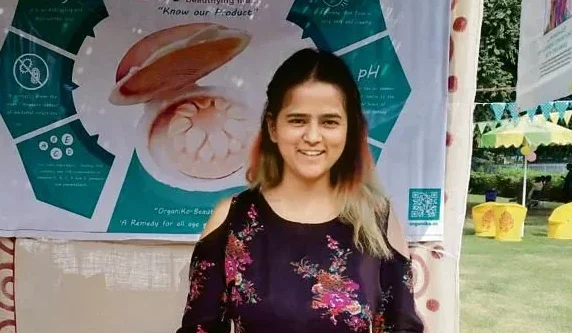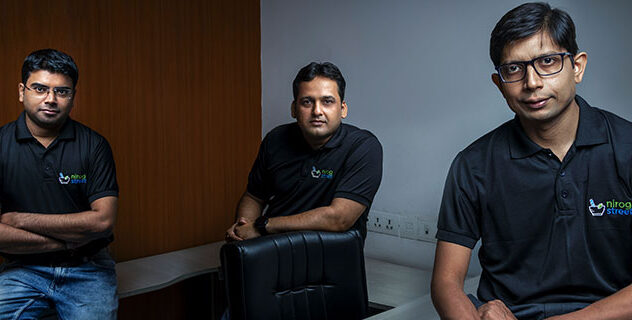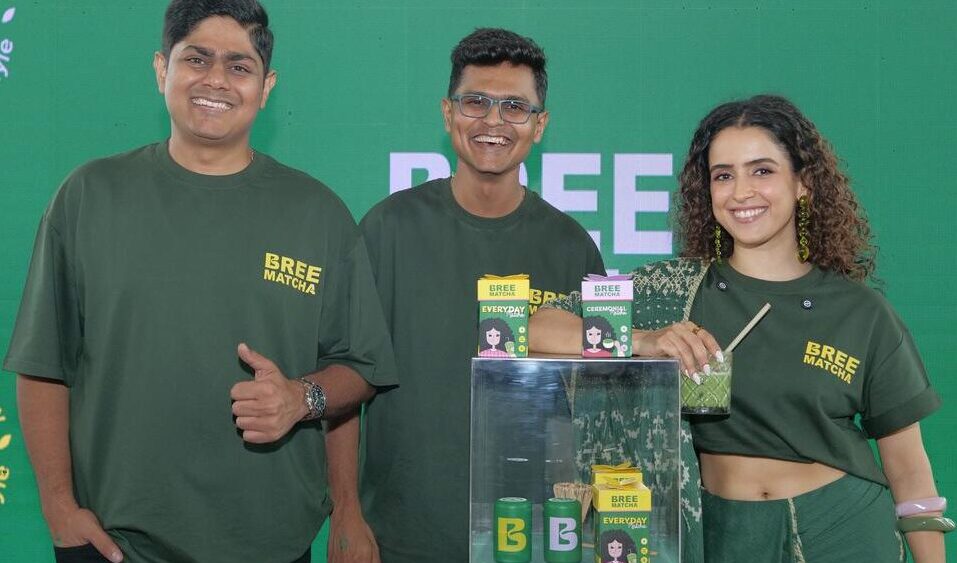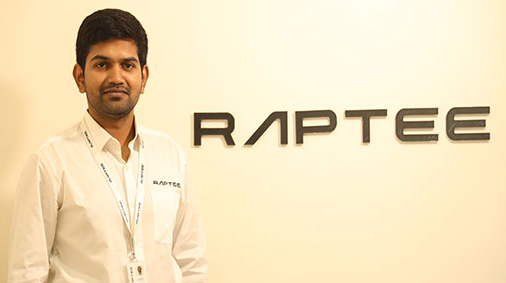In a bold stride that could redefine the electric vehicle (EV) market, China’s leading battery manufacturer, Contemporary Amperex Technology Co. Limited (CATL), has unveiled a new generation of Shenxing battery that delivers significantly faster charging and enhanced performance, setting a formidable benchmark for global competitors, including Tesla.
Announced during CATL’s Tech Day event in Shanghai, the next-generation Shenxing battery is touted to offer up to 320 miles (approximately 515 kilometers) on a full charge. More striking, however, is its ability to deliver 200 miles of range with just five minutes of charging, a feat that dramatically outpaces Tesla’s Supercharger, which currently requires around 15 minutes for a similar range.
“We are once again pushing the boundaries of performance beyond limits,” stated Gao Huan, CATL’s Chief Technology Officer. He emphasised that the Shenxing battery aims to become the new standard in electric mobility.
Beyond its speed, the upgraded battery also boasts improved functionality in cold weather condition, a known weak point for most EV power systems and supports a more sustainable transition from internal combustion engines by minimizing user compromises in convenience and cost.
CATL, which supplies batteries to Tesla’s Shanghai Gigafactory, is not new to innovation. But this latest development, coming on the heels of a similar breakthrough by another Chinese firm, underscores the intensifying race in China’s EV sector to claim leadership in next-gen energy storage.
In addition to the Shenxing battery, CATL introduced a sodium-ion battery line, branded “Naxtra.” Unlike traditional lithium-ion cells, sodium-ion batteries use more abundant raw materials, making them a cost-effective and safer alternative, though they typically deliver lower energy density. CATL’s sodium-ion battery is still in its early stages of deployment but could soon appeal to mass-market and budget-conscious EV models.
Industry analysts see this dual-pronged advancement high-performance lithium cells and affordable sodium-ion alternatives as a strategic masterstroke that may allow CATL to expand across market segments globally, from premium EVs to entry-level models.
Although production integration of the new batteries is likely to take another year or two, CATL’s news marks a speedup in the global timeline of battery innovation. As auto manufacturers in North America, Europe, and Asia scramble to narrow the EV adoption gap, charging speed, cost-effectiveness, and cold-weather capability remain battlegrounds.
Tesla, for its part, has yet to respond directly to the CATL launch. However, the timing amid rising competition from Chinese brands such as BYD and Vietnam’s VinFast could sharpen the focus on how Western automakers plan to defend or regain their technological edge.
As battery technology becomes the linchpin of EV competitiveness, CATL’s breakthrough may not only pressure global incumbents to accelerate R&D but could also trigger a realignment of supply chains, investment flows, and international EV strategies especially as Chinese firms continue expanding aggressively into overseas markets.
As EV uptake is expected to explode across the globe in the next ten years, CATL’s new development solidifies China as not only the world’s largest EV market but also as a powerful innovation center that can redefine the auto energy landscape.









